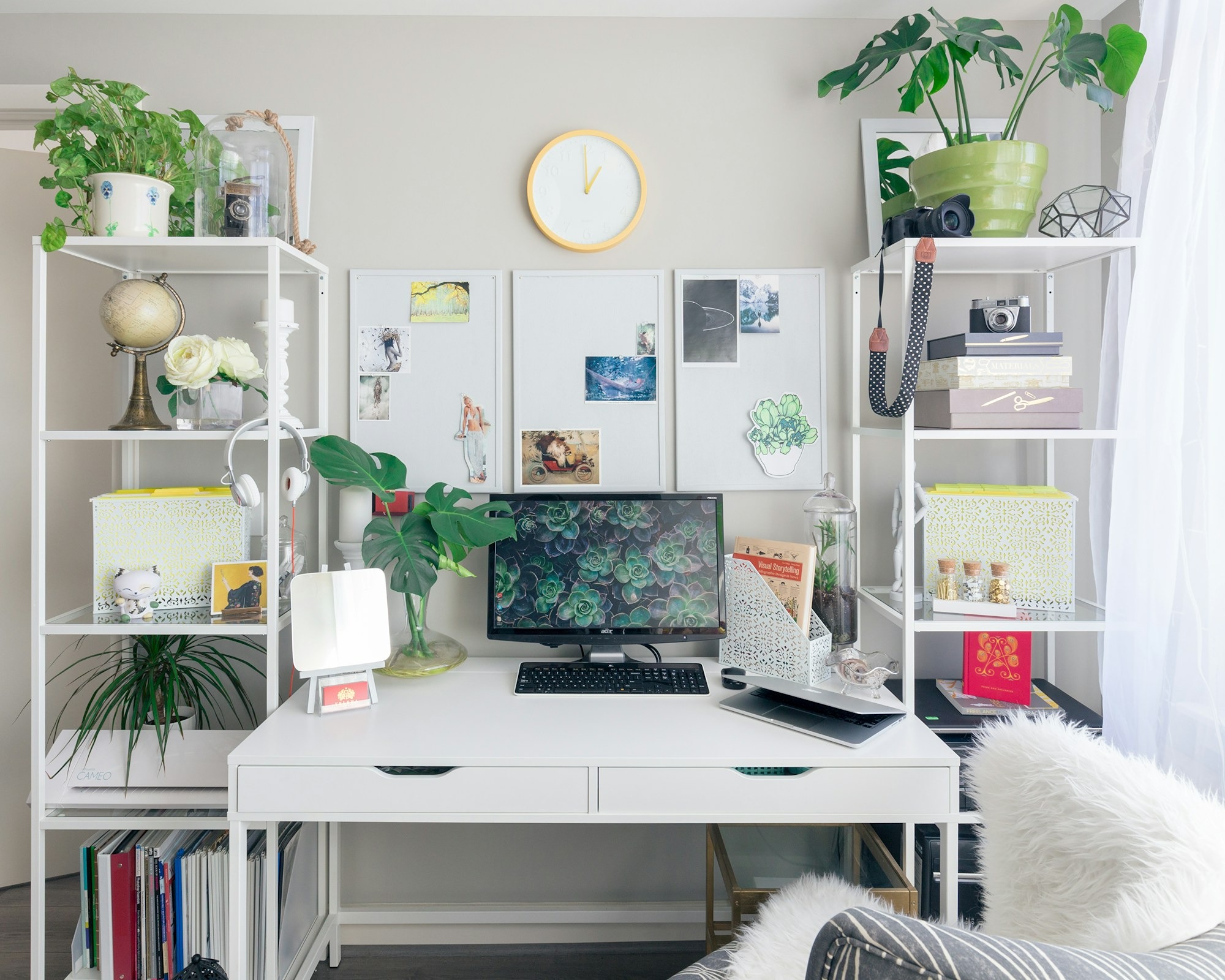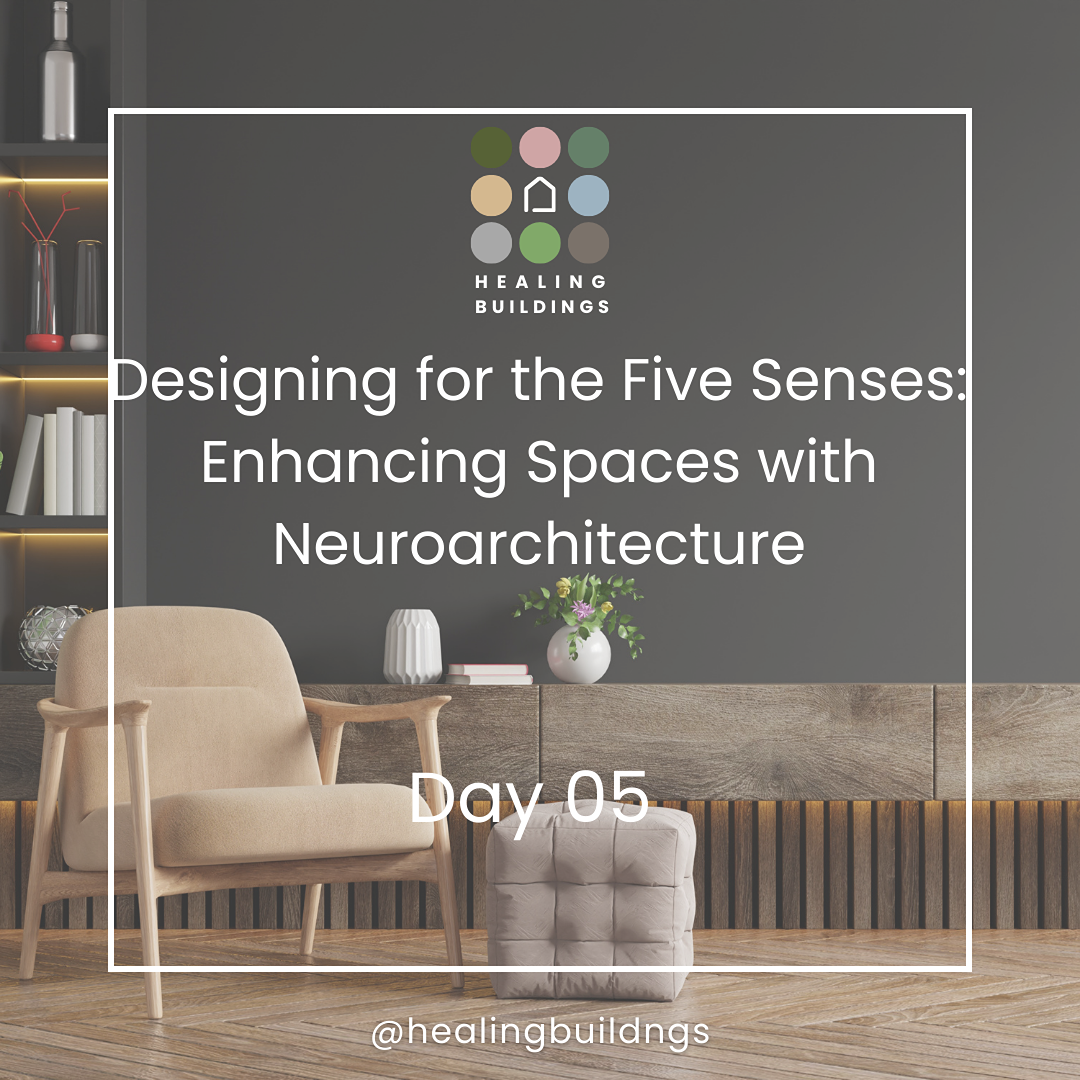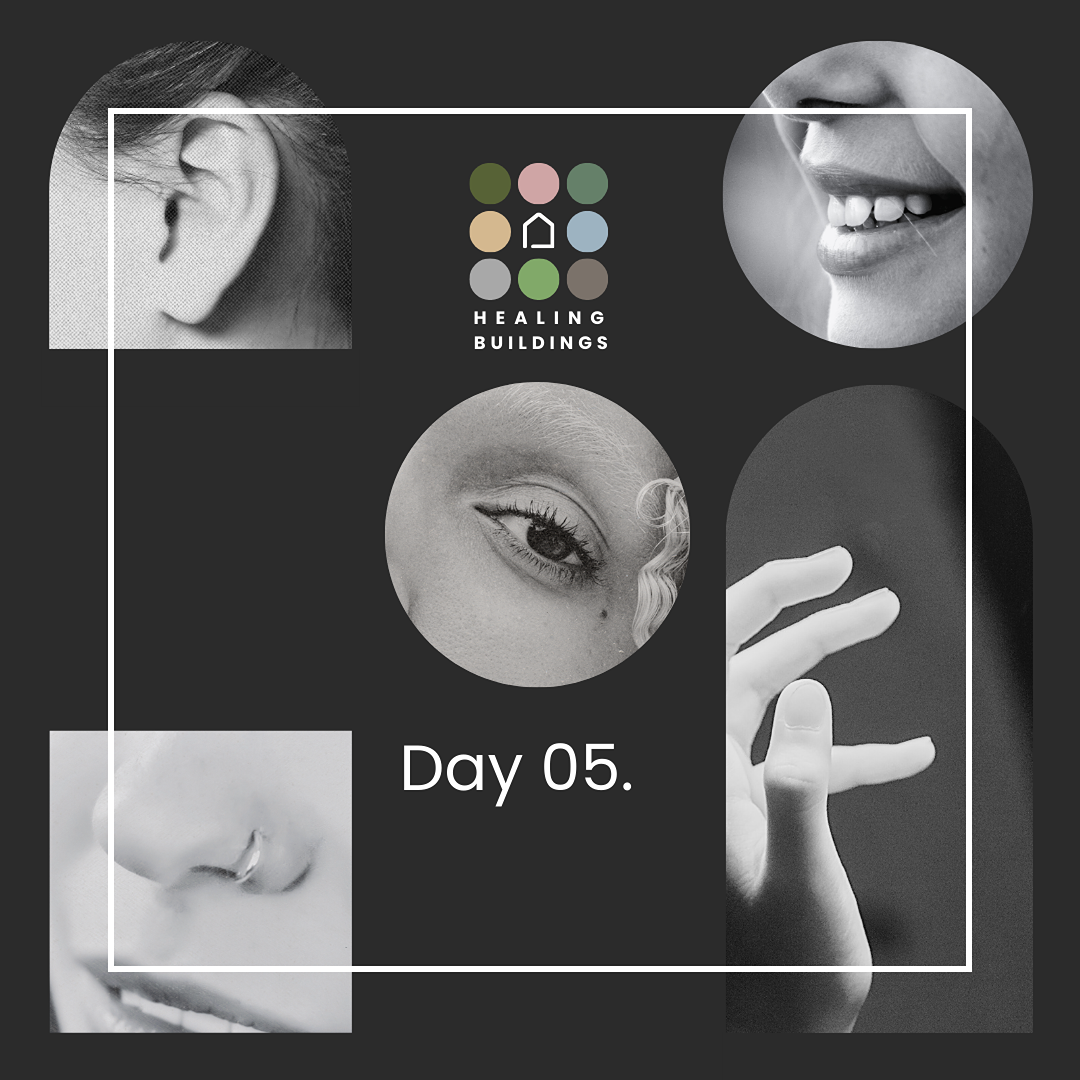January Series: Day 05 Designing for the Five Senses

Enhancing Spaces with Neuroarchitecture.
The spaces we live and work in influence how we feel, think, and interact. (One of my favorite statics - if you get to 80 years old you have spent 72 years on average inside!) Yet, many buildings fail to engage with the full spectrum of human experience. As the field of neuroarchitecture grows, it reveals the profound impact design has on our brain, emotions, and overall well-being. Central to this is designing for the five senses—sight, sound, touch, smell, and taste—which connect us deeply to our environments.
The Shearing Layers theory which I used to teach architecture and architectural technology has a series of layers. Following a project looking at end of life care we added another layer – the layer of senses. Ie designing of our cells.
At Healing Buildings, we are trying through a series of ideas and approaches to heal the built environment, believing that if we have healthy buildings, we have a healthy society. This approach aligns with theories like biophilia, which emphasizes humanity’s innate connection to nature, and frameworks such as the WELL Building Standard, and the Living Future Accreditation, which focuses on holistic well-being.
But can design truly engage all five senses effectively? Let us explore how each sense can—and should—be addressed, and why the elusive "fifth essence" or quintessence is key to creating transformative spaces.
1. Sight: Designing for Visual Harmony
Sight is the dominant sense for most people and often the first consideration in design. Visual elements like natural light, colour palettes, and spatial arrangement impact mood, energy levels, and focus.
In biophilic design, integrating natural views or mimicking patterns found in nature (such as fractals) helps reduce stress and increase feelings of calm. Large windows, skylights, and reflective surfaces that amplify daylight not only enhance aesthetics but also improve mental clarity and productivity.
Example: WELL-certified buildings often incorporate circadian lighting systems that adapt to the time of day, supporting natural rhythms and sleep quality.
Tip: Use warm, earthy tones for relaxation areas and brighter, stimulating hues for active spaces.
2. Sound: Acoustics for Comfort and Focus
Sound profoundly affects our emotions and cognitive function. Poor acoustics can create stress, while harmonious soundscapes can enhance concentration, communication, and relaxation, as my students used to hear me say ‘we can shut our eyes, but we can’t shut our ears, yet we simply don't design for them’
Designing for sound involves controlling unwanted noise (e.g., echoes, traffic) while incorporating positive auditory elements like soft background music or water features. The science of neuroarchitecture emphasizes the role of sound in spaces like hospitals, where calming tones have been shown to aid recovery.
Example: Acoustic panels, sound-absorbing materials, and quiet zones are increasingly common in WELL-compliant office designs.
Tip: Consider white noise machines or nature-inspired sounds, such as rustling leaves or ocean waves, to mask intrusive noise.
3. Touch: Tactile Engagement and Connection
The sense of touch often goes overlooked in design, but it plays a crucial role in how we experience spaces. Texture, temperature, and materiality evoke emotional and physical responses.
Natural materials like wood, stone, and textiles create warmth and connection, while sleek, polished surfaces feel modern and clean. Balancing tactile variety can foster both comfort and curiosity.
Example: In biophilic buildings, incorporating textured walls, soft furnishings, or natural surfaces helps people feel grounded and connected to their surroundings.
Tip: Include tactile features, such as ergonomic furniture or textured walkways, to engage users’ sense of touch.
4. Smell: The Forgotten Sense of Space
Smell is intimately tied to memory and emotion, making it a powerful design tool. A pleasing aroma can evoke calmness, productivity, or even nostalgia. Conversely, unpleasant odors can disrupt focus and cause discomfort.
In healing spaces, introducing scents like lavender, citrus, or cedarwood promotes relaxation and mental clarity. Smart HVAC systems or discreet scent diffusers can maintain air quality and introduce subtle aromas.
Example: The WELL standard highlights indoor air quality as a crucial factor in well-being, recognizing the impact of clean, odor-free air on health and performance.
Tip: Choose low-VOC materials and plants with natural fragrances to create sensory harmony.
5. Taste: A Holistic Integration of Well-Being
Though less directly associated with architecture, the sense of taste connects to the design of dining areas and shared spaces. Materials, lighting, and atmosphere can influence how food is perceived and enjoyed.
In communal spaces like cafes, kitchens, or breakrooms, ensuring comfort, natural light, and social seating arrangements enhances the experience of eating and fosters connection. In biophilic design, incorporating edible landscapes—like herb gardens—directly ties taste to the built environment.
Example: WELL buildings often provide access to fresh, healthy foods, supporting nutrition and overall well-being.
Tip: Use design elements like warm lighting or natural materials to make dining areas more inviting and enjoyable.
The Quintessence: Beyond the Physical Senses
In many philosophies, including Tibetan and ancient Greek traditions, a fifth element—quintessence—represents the spiritual or cosmic essence that binds the physical elements. In design, this could be interpreted as the emotional and spiritual resonance of a space, something intangible yet profoundly felt.
For us at Healing Buildings, quintessence emerges when all five senses harmonize, creating a space that not only stimulates but also nurtures and transforms, and our own core philosophy: that buildings should elevate the human experience.
Conclusion: Designing for a Multi-Sensory Future
The five senses are not just gateways to perception; they are bridges between the physical and emotional aspects of our lives. By designing with sight, sound, touch, smell, and taste in mind, we can create spaces that heal, inspire, and connect.
At Healing Buildings, we believe in going beyond the superficial to address the deeper layers of human experience. Whether through biophilia, the WELL standard, or neuroarchitecture, our mission is to design buildings that resonate with the senses—and with the soul.
In the end, the most powerful spaces aren’t just seen or touched—they are felt. By embracing the senses, we move one step closer to creating environments that embody the quintessence of healing.


